Hands On: Makita XSH06 Circular Saw
Cordless circular saw in a familiar, traditional form
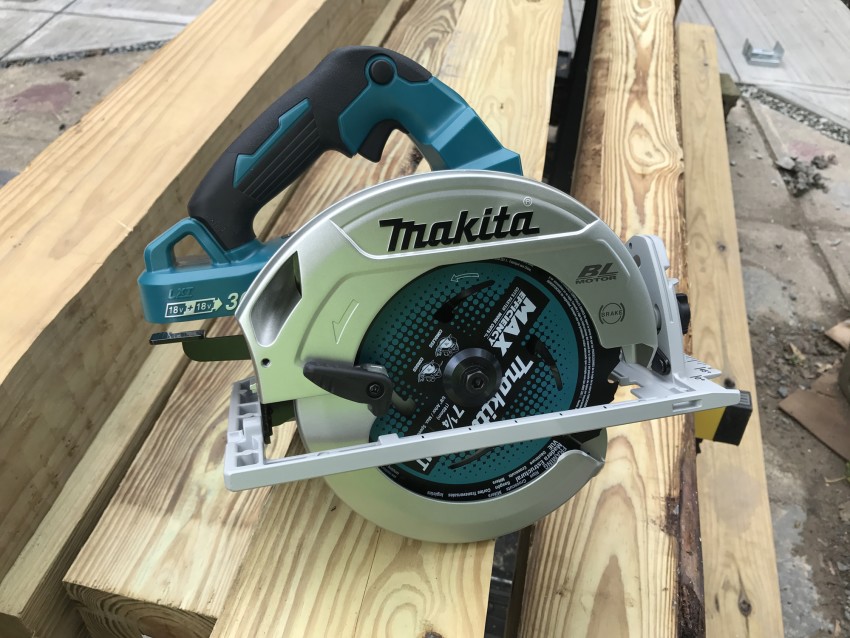
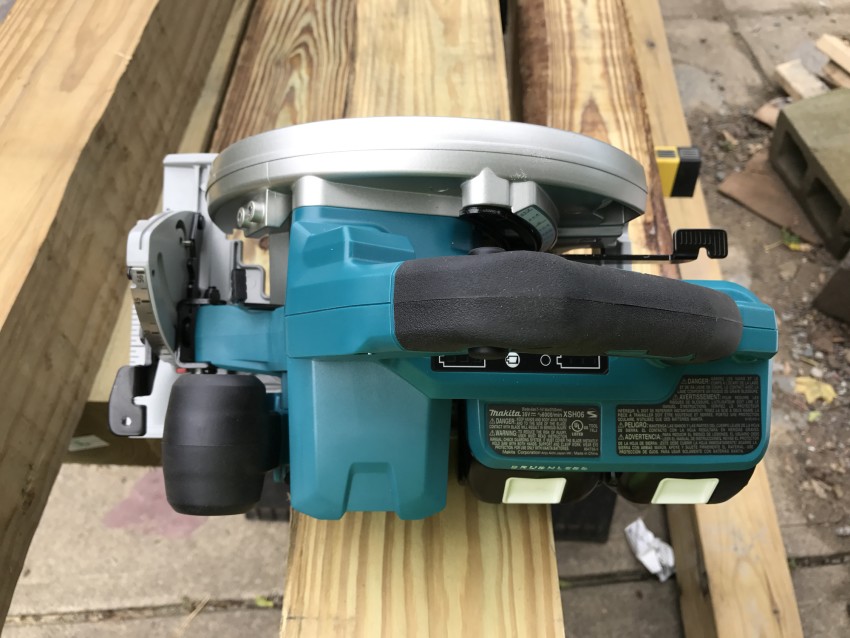
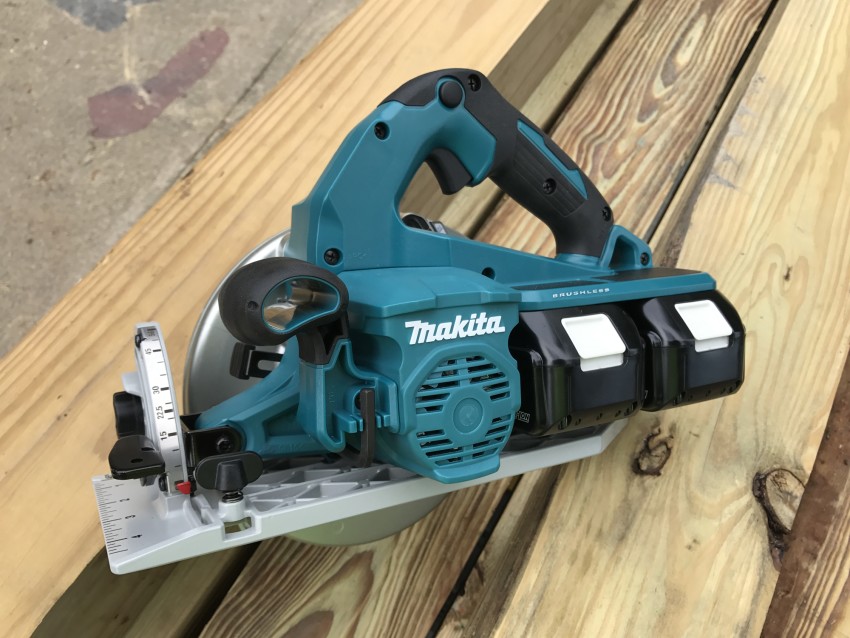
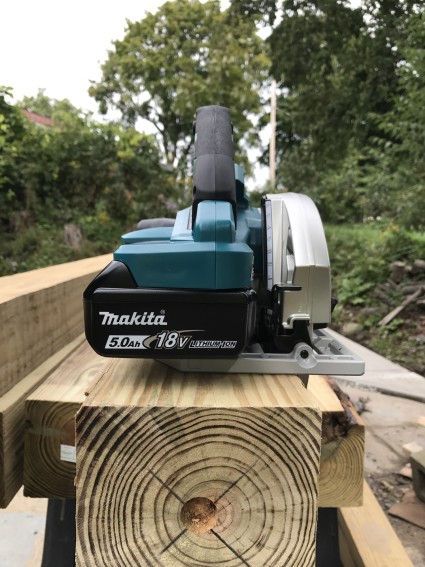


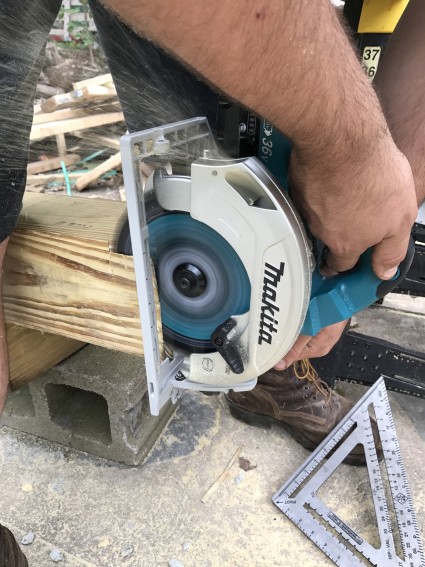
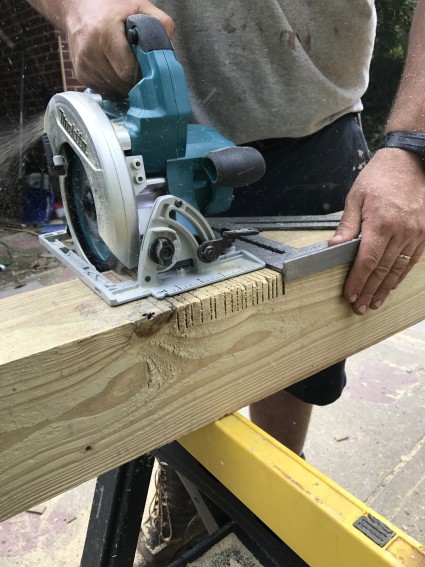
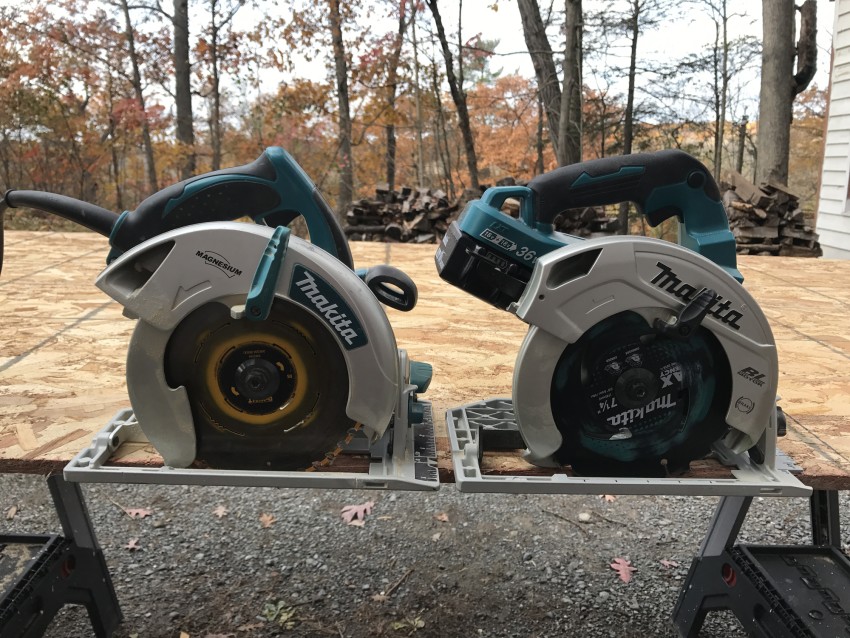
Cordless Advantage
The narrative about the power, portability, convenience, and reliability of cordless power tools has been written. Advancements in battery technology coupled with the dominance of brushless motors have made cordless tools a legit force. If you still need convincing, check out Tim Uhler’s article “The Cordless Framing Site.”
So when the Makita XSH06 18V LXT Lithium-Ion (38V) Brushless Cordless 7 ¼” Circular Saw, arrived, my focus turned to the features of the tool itself. We can talk about general power characteristics and battery platforms and chemistry, the number of cuts it can make, or the longevity of its parts another time. This review is about the work it did on my jobsites.
Configuration
Best I can tell, the XSH06 is Makita’s attempt—and a good one—to replicate a traditional, right-blade sidewinder circular saw in a cordless form. Here in the northeast U.S., right-blade circular saws are by far the most prevalent among contractors, framers, and DIYers. Yet, most cordless circular saws have the opposite configuration: blade-left, motor-right with 6 ½-inch blades.
This Makita is a blade-right, 7 ¼-inch full-sizer. I like it.
The power plant for this 36-volt unit is two 18-volt, 5-amp hour batteries. They slide into their slots on the left side of the saw, behind the motor, under the handle. You’d think having two batteries on one side of a circ saw would affect the balance. I can tell you it didn’t. Makita did a nice job solving this engineering puzzle.
When compared with its corded cousin, the Makita 5007MG , the cordless XSH06 has levers, knobs, buttons, and handles in nearly all of the same locations. This includes adjustments for blade-depth and cut-bevel, as well as spindle lock and blade-guard handle. If you’re adding a cordless to your corded Makita fleet, you’d immediately feel at home navigating the tool.
Specs
The Makita 36V XSH06 cordless circular saw has no shortage of features. Direct from the Makita website, they advertise the following:
- Makita built electronically controlled BL™ Motor delivers 6,000 RPM for maximum performance and 50% longer run time per charge
- The BL™ Brushless Motor eliminates carbon brushes, enabling the BL™ Motor to run cooler and more efficiently for longer life
- Automatic Speed Change™ technology adjusts cutting speed and torque during cut for optimum performance
- X2 LXT® technology delivers up to 610 crosscuts per charge in 2×4 SPF lumber and up to 320 crosscuts per charge in 2×10 SPF lumber using two 5.0Ah batteries (batteries not included)
- Large 2-5/8” cutting capacity at 90°
- Electric brake for maximum productivity
- 0°- 56° bevel capacity with positive stops at 22.5°, 45°, and 56°
- Die-cast magnesium base, blade guard, and blade cover provide a lightweight, durable design
- Compact and ergonomic design at only 13-1/2″ long
In Use
The first thing I noticed is that it cuts super-fast and has tons of power. High marks here. There’s no noticeable difference in power between this saw and its corded version: The Blade. The cordless unit ships with Makita’s OEM 7 ¼-inch MAX Efficiency carbide-tipped blade. This 24-toother has a very thin kerf and cuts both pressure-treated and SPF framing lumber with ease.
The sight line to the blade is good, and the saw is comfortable to operate cutting 2-by material. The cut-line, bevel, and blade-depth indicators are all easy to read. The positive stops for beveling are a great feature and make repetitive adjustments painless. The saw has a smooth slow-start, which eliminates any “saw-buck” (a.k.a. reaction torque) when the trigger is engaged. The electric brake stops the blade on a dime. Sweet.
I like the on-board LED and how it’s activated. The light comes on when the trigger is touched rather than when the safety switch is pulled. I found this to be convenient for quickly finding my pencil line on the work piece. And there is a useful battery-life indicator directly on the tool.
While cutting 2-by framing lumber was a breeze, I didn’t like it for OSB and plywood. When you raise the blade depth, the handle rises correspondingly. But here, I found it went too high and it was uncomfortable to use, especially reaching across a full sheet. Even at 6-foot 2-inches with some long arms on me, I found the safety switch uncomfortable to engage.
The handle for the blade guard on this saw is small. I found it prohibitive to hold both the front handle and the blade-guard handle with one hand at the same time. While this certainly isn’t common in most cutting scenarios, it would be helpful when plunge-cutting or when conditions make for a “sticky” or stubborn blade guard.
Bottom Line: Top Drawer
This tool is excellent and a welcome addition the already impressive cordless platform from Makita. It has tons of power and loads of useful features in a familiar, traditional layout. I think it’s best suited for cutting framing lumber. Like with any cordless, jobsite tool, a professional or regular user of this saw is going to want four batteries and a twin-port charger to eliminate downtime.
ABOUT THE AUTHOR
Jeremy Kassel is the owner/operator of Kassel Construction in Glenmont, NY, as well as the co-host of the House Calls Podcast.
He can be found on instagram at @kasselconstruction.
This review was also featured online by Tools of The Trade, April 2019
